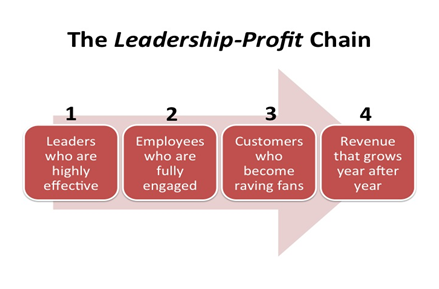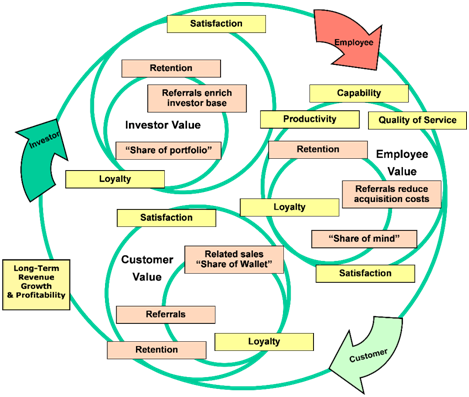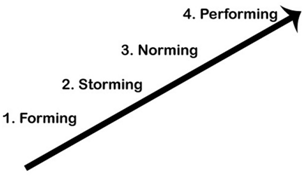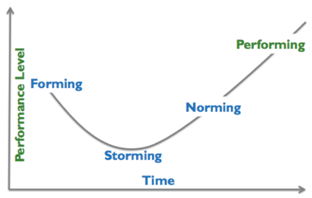Several members of the Trinity Team have had the privilege of working with The Ken Blanchard Companies. Dr. Blanchard is a legendary thought leader in the world of organizational development and people management.
One of the emphasis of this renowned management consultant and author is the importance of leadership to organizational success. Dr. Blanchard’s firm has done extensive research on the impact of leadership in achieving sustained productivity and profitability.
Here are the 5 organizational elements they have identified as essential to long-term success:
1. Strategic Leadership: Defining the imperatives for everyone in term of the “what” and setting the tone and direction for an organization’s culture
2. Operational Leadership: Providing the “how” related to the policies, procedures and practices in the various functions so as to achieve the overall strategy
3. Employee Passion: Measuring the extent to which employees are committed to the organization and its goals. Examples of measurements include:
- Turnover
- Employee satisfaction
- Absenteeism
4. Customer Devotion: Determining the level of customer loyalty to your products/services as assessed by such things as:
- Customer retention
- Length of relationships
- Referrals
Today there are medications for it like filagra pills which are known as PDE5 inhibitors. (on line viagra) Look At This
5. Organizational Vitality: Assessing the degree to which an organization is successful in the eyes of its employees, customers and shareholders/owners
Below are two depictions (1 simple & 1 detailed) of the Leadership – Profit Chain


EMPLOYER ACTION
- Discuss and evaluate where you are relative to each of these 5 crucial elements
- Identify specific improvement steps for each element to achieve improvement
- Implement the action plan
- Regularly measure how you’re doing
HOW TRINITY CAN HELP?
Trinity can assist you with some or all of the above.
- For more information, e mail Trinity at info@TrinityHR.net or visit our website at www.TrinityHR.net.
You have opportunities…Trinity has paths forward!

 It is common for many organizations and individuals to try to avoid conflict. In effect, it is treated as the culture equivalent of a four-letter word!
It is common for many organizations and individuals to try to avoid conflict. In effect, it is treated as the culture equivalent of a four-letter word!


 Why is building teams so important? Look what teams in a business environment are & can do:
Why is building teams so important? Look what teams in a business environment are & can do: So much has been written about leadership that your first inclination may be to think I don’t need to read anything else about it. Despite that I urge you to invest about 60 seconds to read Trinity Human Resources Consulting’s identification of the KEYS TO EFFECTIVE LEADERSHIP.
So much has been written about leadership that your first inclination may be to think I don’t need to read anything else about it. Despite that I urge you to invest about 60 seconds to read Trinity Human Resources Consulting’s identification of the KEYS TO EFFECTIVE LEADERSHIP. We often hear companies talk about how they want their executives & managers have “skin in the game” or more of it. The term has come to mean to have a personal stake or vested interest in the outcome.
We often hear companies talk about how they want their executives & managers have “skin in the game” or more of it. The term has come to mean to have a personal stake or vested interest in the outcome. A recent survey looked at what are the factors important to:
A recent survey looked at what are the factors important to:
 predictors of success (along with cultural compatibility) being conducted.
predictors of success (along with cultural compatibility) being conducted.